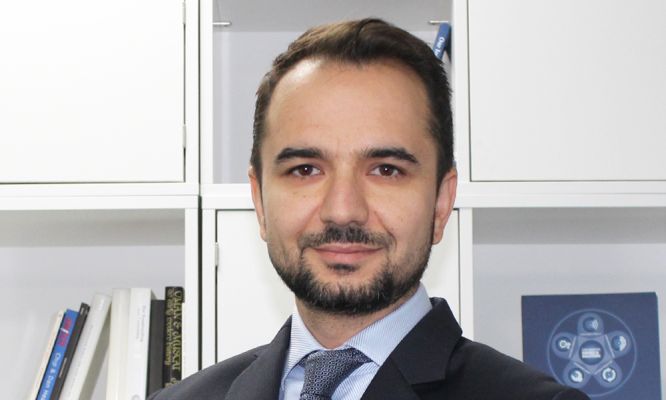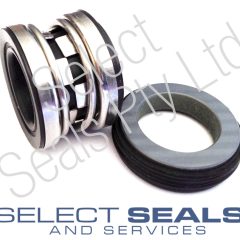Grundfos Expert: The Retrofit Market is Maturing in the UAE

Grundfos Gulf Distribution’s Tolga Candan says new initiatives can help FMs and organisations to understand energy efficiency better
Despite the Middle East becoming ever more aware about energy saving, many organisations are still reluctant to utilise retrofitting and make changes to the existing buildings to decrease their carbon footprint.
The Dubai Supreme Council of Energy has initiated a vision to retrofit 30,000 buildings by 2030 as part of the goal to reduce energy demand by 30%. This is a move in the right direction as existing buildings consume more energy than new buildings. In developed countries, residential and commercial buildings account for 20% to 40% of the energy consumption, bypassing industrial and transport sectors, while in the UAE, building emissions account for 60% to 70% of the electricity consumption.
Hence it is becoming essential to retrofit buildings to not only make them sustainable for the future but also economical in nature.
Tolga Candan, business development manager, Energy Optimisation and Retrofit at Grundfos says: “The retrofit market is fast maturing in UAE which is also setting up a role model and benchmark for the neighboring regions. People are yet developing confidence towards the retrofit market because in today’s business environment many products and solutions are “green painted”. This situation makes it difficult for the end users to distinguish the genuine solutions that they can rely on. Thanks to the growing number of success stories, the retrofit market is gaining confidence hence we are experiencing an exponential growth.”
Various governmental initiatives like ESCO companies, the UAE Green Initiative, Estimada, etc have been set up by the government to understand the demands of the retrofit market. Etihad ESCO has a project to successfully retrofit 243 buildings for Wasl Properties in different parts of Dubai. The $6.3 million project will increase the energy efficiency of the buildings by achieving annual savings of over $4 million by upgrading air conditioning and lighting systems.
Candan added: “The UAE govt. established the Etihad ESCO to govern and regulate the market so that more private ESCO’s can be established, resulting in an increased market confidence and engagement. The main objective of Etihad ESCO is to enable private ESCO’s to execute the retrofit projects.”
Advanced HVAC technologies, photovoltaic energy panels, smart meters, efficient BMS, energy-saving lighting and replacing or tweaking old pumps are just some of the ways energy efficiency can be achieved.
“But the challenge to efficiency starts with benchmarking. If there is a standard against which energy consumption can be measured, then the retrofit market will mature up exponentially,” says Candan.
The second issue seems to be subsidised electricity tariffs which don’t reflect the actual savings potential. So Candan proposes: “governmental bodies and regulatory authorities should develop and incentivize retrofit projects not based on the electricity tariff they are charging but the actual cost of the electricity.” Meanwhile, operational costs are borne by the tenants while the equipment belongs to the building owner. In this case, building owners are negligent towards how much tenants are charged for electricity.
“But with a building rating system, owners will be more motivated to go with retrofit changing equipment,” presumes Candan.
Costing and return on investment (ROI) are other challenges cited by building owners and facilities managers. Awareness of how simple solutions can bring about massive savings will help them get a clearer picture. Here is where events like Dubai Retrofit and Developers Awareness Program and the Grundfos Retrofit events help attendees in understanding retrofitting to achieve energy efficiency and the benefits of energy audits.
Another alternative solution is partnering up with ESCO companies as Grundfos did with Taka Solutions. The partnership is helping finance retrofit projects in a variety of ways, from full turnkey solutions like sourcing and installation of products to offering energy consultancy.
Ronak Monga, product manager, HVAC at Grundfos concludes: “Our solution is very simple, we want to save energy for the end user- it doesn’t have to be through pumps, changing a type of valve or putting a sensor are some of the things we have recommended to companies, so our objective is not on pumps, our objective is to optimise the system.”





